Why protect wounds?

Bacteria: If left uncovered, bacteria has the potential to enter into the wound, possibly cause infections and delay healing.
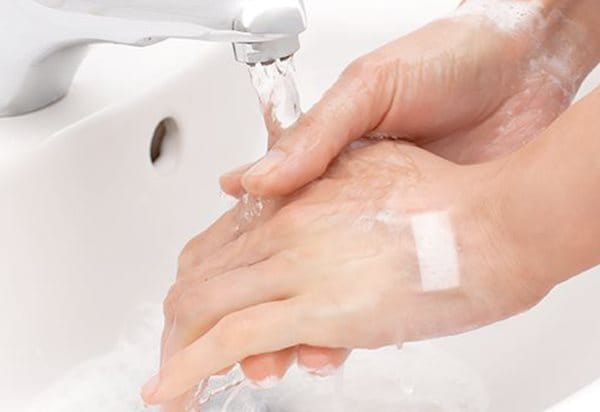
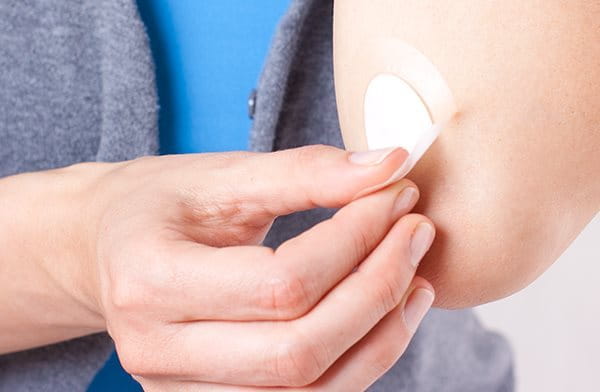

Why protect wounds?

Bacteria: If left uncovered, bacteria has the potential to enter into the wound, possibly cause infections and delay healing.


A good wound care routine for optimal healing
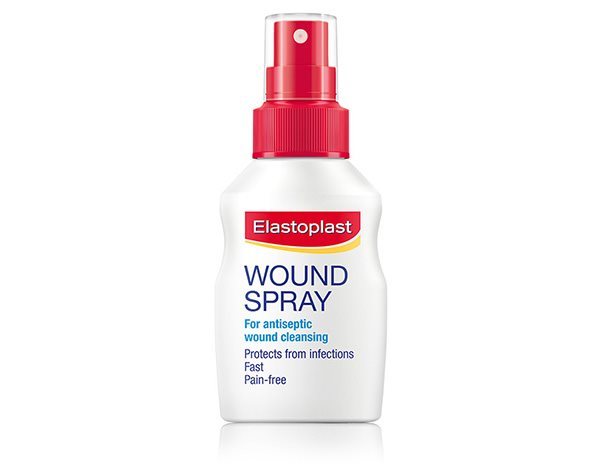
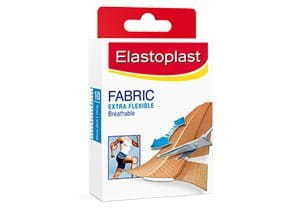
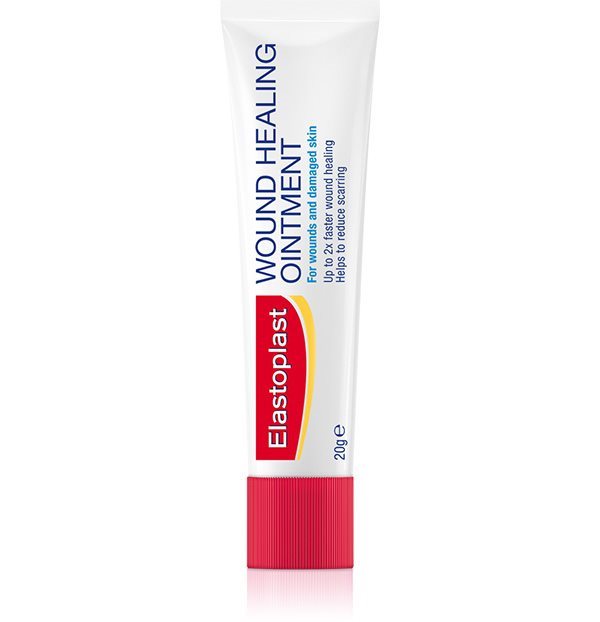
Heal: For ideal moist healing conditions, apply Elastoplast Wound Healing Ointment regularly until your wound has healed completely. Carefully apply a thin film one to two times per day. Make sure the opening of the tube does not get in contact with your wound. Repeat regularly until the healing is completed. This product can be used on open, minor superficial wounds at any stage of the healing process. If necessary, it can be covered with an Elastoplast standard plaster, such as Fabric, Fabric Roll, Heavy Fabric or Antibacterial.
Which plaster is right for me?
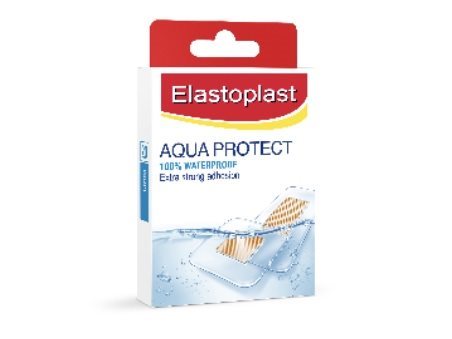
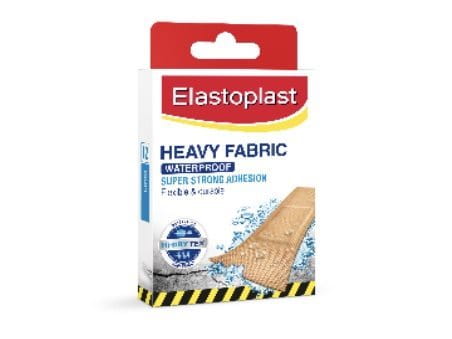
Need an extra robust plaster? Elastoplast Heavy Fabric Waterproof is made for extreme conditions! These tough plasters are flexible and waterproof to provide a truly resilient plaster that’s perfect for a muddy game of football or a weekend of outdoor DIY.

Need a plaster for moveable areas? Elastoplast Fabric Roll works brilliantly when used on small wounds located on joints and moveable parts of the body. These extra flexible plasters stay put by stretching with the skin and the movement of the body.
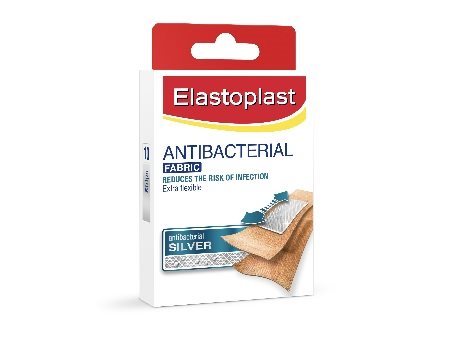

Need to cover a larger area? Elastoplast offers a range of plasters for the protection of medium sized and larger wounds depending on your needs, including antibacterial product with Silver technology.
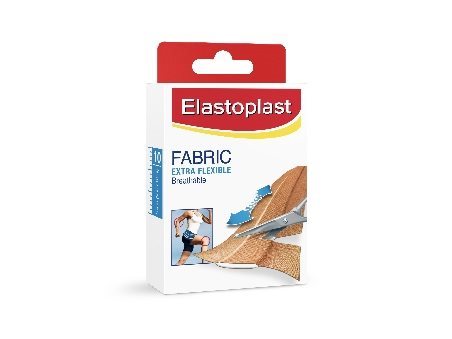
Need a plaster for small everyday wounds? Elastoplast Heavy Fabric and Elastoplast Fabric Plasters are made for little scratches and small cuts. These all-purpose plasters are breathable, water-repellent and offer protection to all kinds of small wounds.
Help wounds to heal better
Always see a doctor if the wound is deep, bleeds heavily or shows signs of infection like reddening, swelling or warmth. Please note that, although these were compiled with great care, the tips and advice given on this website by no means substitute medical advice and treatment. If you have or suspect a health problem, consult a doctor and follow medical advice regardless of what you have learned on this website. Always read carefully and follow the instructions for use or the leaflets of our products.
For further information regarding Elastoplast products, please contact us via email on Consumer care: ConsumerSA.External@beiersdorf.com or phone: 0860 102 091.